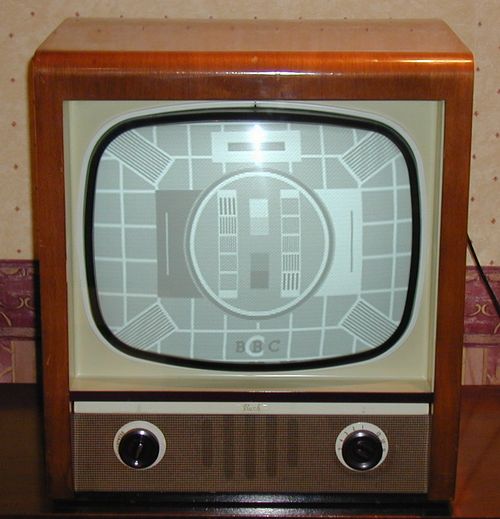In 1960s UK, Bush 14 inch black and white, 405 line TVs were dirt cheap. I had two of these sets. The first was in the RADAR trailer rest room when I was in the Royal Air Force (RAF), and the second was a bit later when I got married.
Just for old times sake, I have often thought about getting an old Bush TV again and completely refurbishing it- the cabinets were in a nice wood veneer. The bush TV would make a good conversation point in the lounge.
I was also thinking about building a digital TV signal to 405 line analog signal converter so that the set could display a picture- is this a practical proposition?
spec

Just for old times sake, I have often thought about getting an old Bush TV again and completely refurbishing it- the cabinets were in a nice wood veneer. The bush TV would make a good conversation point in the lounge.
I was also thinking about building a digital TV signal to 405 line analog signal converter so that the set could display a picture- is this a practical proposition?
spec

Last edited:
